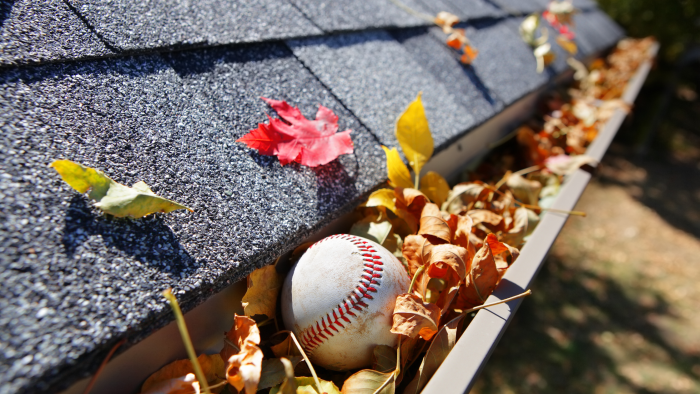Roof Maintenance Tips

Your roof is your home’s first line of defense against the elements, so it’s essential to keep it in top condition. Regular maintenance not only extends the life of your roof but also protects your home from costly repairs. In this article, we’ll explore some essential roof maintenance tips to help you keep your roof in excellent condition year-round.
Why Roof Maintenance Matters
Neglecting your roof can lead to a host of problems, including leaks, mold growth, and structural damage. By regularly inspecting and maintaining your roof, you can prevent these issues and ensure that your home stays safe and dry.
Seasonal Maintenance Checklist
Spring
- Inspect the roof for signs of damage, such as missing or loose shingles.
- Clean gutters and downspouts to prevent water buildup.
- Trim overhanging branches to prevent damage from falling limbs.
- Check for signs of mold or algae growth and clean as needed.
Summer
- Check for signs of blistering or peeling paint, which can indicate heat damage.
- Inspect seals around vents, chimneys, and skylights for signs of wear.
- Clean debris from the roof to prevent clogs and water buildup.
Fall
- Clean gutters and downspouts again to remove leaves and debris.
- Inspect the roof for any damage that may have occurred during the summer.
- Check attic insulation and ventilation to prevent ice dams in the winter.
Winter
- Keep an eye out for ice dams, which can cause water to back up under the roof.
- Remove snow from the roof using a roof rake to prevent excess weight.
- Inspect the attic for signs of leaks or water damage.
Identifying Common Roof Issues
Knowing the signs of roof damage can help you catch problems early and prevent further damage. Look out for missing or damaged shingles, sagging areas, and signs of water damage inside your home.
DIY Roof Maintenance
There are several tasks you can tackle yourself to keep your roof in good condition. These include cleaning gutters, removing debris from the roof, and inspecting for signs of damage. However, it’s essential to exercise caution and use proper safety equipment when working on your roof.
When to Call a Professional
While DIY maintenance is essential, some tasks are best left to the professionals. If you notice significant damage, such as sagging areas or widespread leaks, it’s best to call a roofing professional to assess the situation and make repairs.
Cost of Roof Maintenance vs. Repair
Regular roof maintenance can save you money in the long run by preventing costly repairs. While the cost of maintenance varies depending on the size and type of your roof, it’s generally much less expensive than repairing extensive damage caused by neglect.
Eco-Friendly Roof Maintenance
For environmentally conscious homeowners, there are several eco-friendly roof maintenance practices you can implement. These include using recycled materials for repairs, installing a green roof, and using environmentally friendly cleaning products.
Regular roof maintenance is essential for protecting your home and prolonging the life of your roof. By following these tips, you can ensure that your roof stays in excellent condition year-round and avoid costly repairs down the line.
FAQs
- How often should I inspect my roof?
- It’s a good idea to inspect your roof at least twice a year, ideally in the spring and fall.
- Can I do roof maintenance myself, or should I hire a professional?
- While some maintenance tasks can be done yourself, such as cleaning gutters, more extensive repairs should be left to the professionals.
- What are some signs that my roof needs repairs?
- Signs of roof damage include missing or damaged shingles, sagging areas, and signs of water damage inside your home.
- How long does a typical roof inspection take?
- A thorough roof inspection can take anywhere from 30 minutes to several hours, depending on the size and complexity of your roof.
- What can I do to extend the life of my roof?
- Regular maintenance, such as cleaning gutters, removing debris, and inspecting for damage, can help extend the life of your roof.

